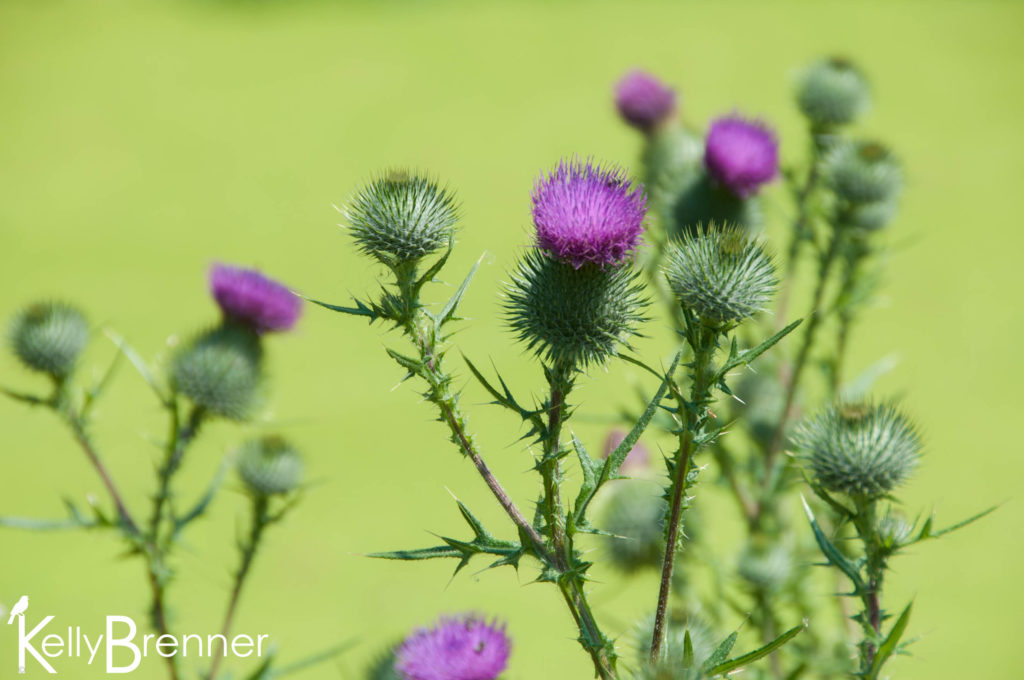What is Street Creatures? This is the game I run on Twitter every Friday. I’ve
collected all the past quizzes here in one place so you can either relive them, or play
them for the first time.
How does it work? Provided are four, seemingly unrelated clues, that are all
connected by a wild organism that can be found in a city. Look at the four clues,
do some research, and when you think you’ve figured it out, click on ‘Answer’
to reveal what connects the clues, and how they are connected.
Follow me on Twitter to play #StreetCreatures live every Friday at 9am PST.
Painted Lady
Swollen vein
Encyclopædia Britannica
Monocarpic
Thistle (Cardueae)

Painted Lady:
Thistle is a favorite host plant of Vanessa cardui, the Painted Lady butterfly, meaning they lay eggs on thistle for the caterpillars to eat. Many other species also use it like the endangered Swamp Metalmark.
Thistle is incredibly important for a huge diversity of insects. Including: Most families of bees Wasps Butterflies: Skippers, Sulphers, Whites, Swallowtails Hawk moths Bee, soldier and tachinid flies Blister, soldier, scarab beetles.
Swollen vein:
True thistles are in the family Cirsium, which comes from the Greek word ‘kirsos’ meaning swollen vein. They were also an herbal remedy used to treat swollen veins.
Encyclopædia Britannica:
If you ever had a set of these on your shelf, you may have noticed a thistle on the spine, the logo of these encyclopedias.
Of course, the thistle is also the flower of Scotland. The legend goes that a group of Scottish warriors were alerted to an invading group of barefoot, sneaking Norse invaders when one stepped on a thistle and shouted out in pain. Nemo me impune lacessit.
Monocarpic:
Some thistle species are monocarpic, meaning they die after flowering. This is different from annual because many don’t flower until their second year and are biennial. Some species take up to 8 years to flower!


